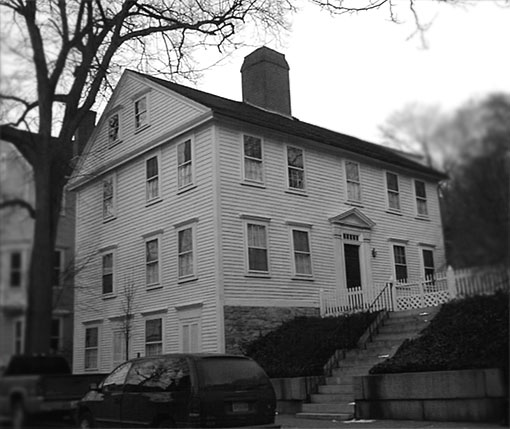Extollager
Well-Known Member
- Joined
- Aug 21, 2010
- Messages
- 9,271
Just reread this... herewith a few quick comments.
1.Perhaps especially in the first chapter, the story really is vulnerable to objections about the style. JDW has suggested that some of Lovecraft's writing works better read aloud than read silently, an idea that makes sense. I think, though, that some of the writing here might sound pretty lame, as they say these days. Take the paragraph beginning "This much I knew."
It's nothing unusual for a writer to have to write his or her way into a story. The writing improves.
2.In this story Lovecraft is combining "Gothic" elements + suggestions of science + antiquarianism. Suppose this had been the last story he had written: I think it might well have influenced writers who'd have worked more with possibilities of that combination. Of course, he did live to explore it further himself (and other writers often imitated his developments of the combination -- right?).
I'd forgotten the material about the scientific apparatus!
3.The story is strengthened by having a narrator who relates to another character rather than being simply a curious solitary. If I'd been an editor, I might have suggested to HPL that he shift the emphasis a little in places from talking in general terms about the bizarre and even cosmic horror to develop the sense of the narrator's loss a bit, and try to let more of the former quality come through dramatically rather than rhetorically.
4.The climax seems to owe something to the climax of "The Great God Pan."
5.HPL wrote the story with a real house in mind, although photos of the structure don't match his description. I think HPL was real-izing an imaginative impulse that is frequent with creative people, the desire to make a story with a real location. One of my young daughters was struck by an impressive stone house that we passed on a walk and wanted to write a story, probably with a mysterious angle, about it. I don't know that I've had this feeling about a specific building myself, but I wouldn't be surprised if some Chronsfolk have.
1.Perhaps especially in the first chapter, the story really is vulnerable to objections about the style. JDW has suggested that some of Lovecraft's writing works better read aloud than read silently, an idea that makes sense. I think, though, that some of the writing here might sound pretty lame, as they say these days. Take the paragraph beginning "This much I knew."
It's nothing unusual for a writer to have to write his or her way into a story. The writing improves.
2.In this story Lovecraft is combining "Gothic" elements + suggestions of science + antiquarianism. Suppose this had been the last story he had written: I think it might well have influenced writers who'd have worked more with possibilities of that combination. Of course, he did live to explore it further himself (and other writers often imitated his developments of the combination -- right?).
I'd forgotten the material about the scientific apparatus!
3.The story is strengthened by having a narrator who relates to another character rather than being simply a curious solitary. If I'd been an editor, I might have suggested to HPL that he shift the emphasis a little in places from talking in general terms about the bizarre and even cosmic horror to develop the sense of the narrator's loss a bit, and try to let more of the former quality come through dramatically rather than rhetorically.
4.The climax seems to owe something to the climax of "The Great God Pan."
5.HPL wrote the story with a real house in mind, although photos of the structure don't match his description. I think HPL was real-izing an imaginative impulse that is frequent with creative people, the desire to make a story with a real location. One of my young daughters was struck by an impressive stone house that we passed on a walk and wanted to write a story, probably with a mysterious angle, about it. I don't know that I've had this feeling about a specific building myself, but I wouldn't be surprised if some Chronsfolk have.


